Chūshingura, the Tale of the Forty-Seven Ronin, stands as a monumental story in Japanese culture, embodying the samurai code of honor, loyalty, and sacrifice. This narrative has captivated the imagination of many, from its origins in the early 18th century to its extensive portrayal in various art forms, including the renowned ukiyo-e woodblock prints.
The Heart of Chūshingura
The story begins in 1701, setting the stage for a dramatic act of loyalty and revenge. It centers around a group of samurai left leaderless (becoming ronin) after their lord, Asano Naganori, is compelled to commit seppuku—a form of ritual suicide—due to assaulting Kira Yoshinaka, a court official, in the shogun’s palace. This act of seppuku was the result of Kira’s constant provocation. The ronin, led by Ōishi Kuranosuke, pledge to avenge their master’s honor, despite the knowledge that their mission will undoubtedly lead to their own deaths.
Key Characters
- Asano Naganori: The young lord whose impulsive act of attacking Kira sets the tragic tale in motion.
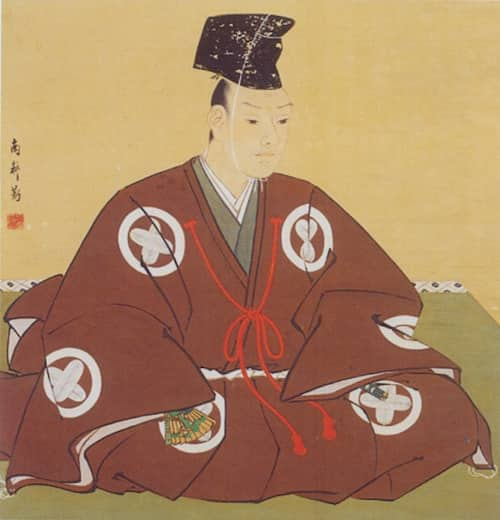
- Ōishi Kuranosuke: The loyal chief retainer of Asano, who becomes the mastermind behind the revenge plot.
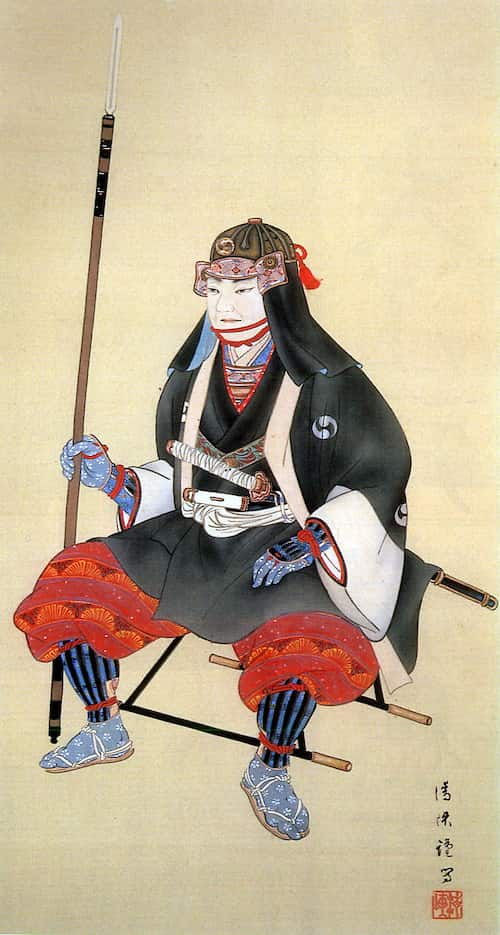
- Kira Yoshinaka: The court official whose insults and actions lead to Asano’s attack and subsequent death.
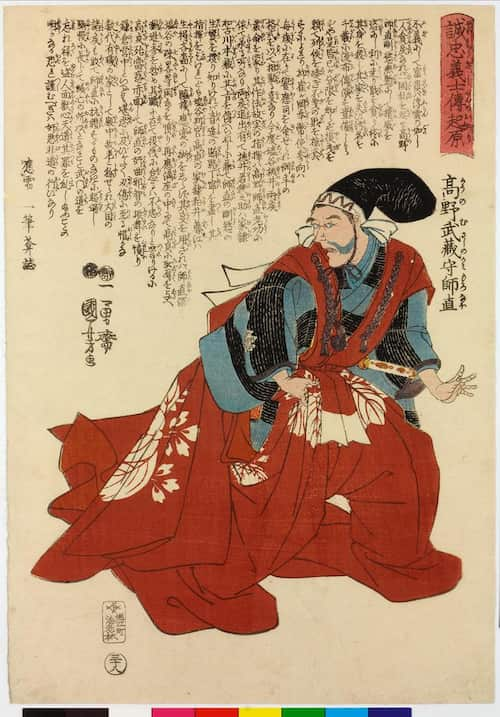
The story unfolds over a year as the ronin meticulously plan their revenge, ensuring their actions reflect the depth of their loyalty and the gravity of their quest for justice. Their eventual night attack on Kira’s mansion leads to his death and the fulfillment of their vow to Asano. Following their act of revenge, the ronin willingly turn themselves in, fully aware of the grave consequences that await them. Their eventual sentencing to commit seppuku themselves solidifies their act as one of ultimate loyalty and sacrifice.
Is Chūshingura a True Story?
Chūshingura 忠臣蔵, also referred to as The Treasury of Loyal Retainers (a stage play), is based on true events that occurred in Japan at the beginning of the 18th century, specifically in 1701-1703. It’s a historical account that has been romanticized and embellished over the years through various forms of literature, theater, and other cultural expressions, such as the kabuki theater and ukiyo-e prints. The essence of the story, concerning the loyalty, honor, and vengeance of the ronin for their lord Asano Naganori, reflects actual historical events. However, the narrative has been enhanced and dramatized, blending facts with fiction to elevate the tale to legendary status.
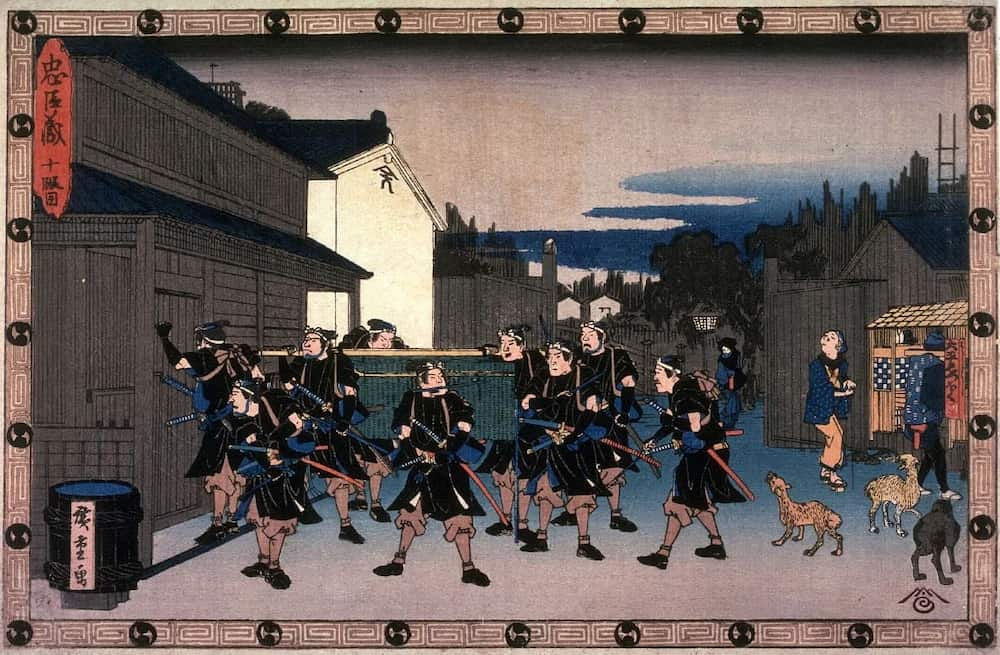
The real event (known as the Ako Incident) involved Asano Naganori attacking Kira Yoshinaka within the premises of Edo Castle, a breach of the shogunate’s law that led to Asano’s forced seppuku. The ronin’s revenge against Kira and their subsequent ordered suicide are also factual. Yet, the detailed characterizations, dialogues, and some of the plot points in the popular versions of the story are creative additions designed to highlight the themes of loyalty, sacrifice, and honor that resonate with the samurai ethos.
Thus, while Chūshingura is rooted in historical events, the story as widely known today is a blend of fact and myth, making it a legendary epic in Japanese culture.
Depiction in Ukiyo-e Artwork
The Chūshingura saga found a vivid canvas in the ukiyo-e, a genre of Japanese woodblock prints. These prints, flourishing during the Edo period, captured the imagination of the public, depicting scenes from literature, kabuki theatre, and daily life. The Tale of the Forty-Seven Ronin, with its intense drama, valiant characters, and moral dilemmas, provided fertile ground for artists to explore.
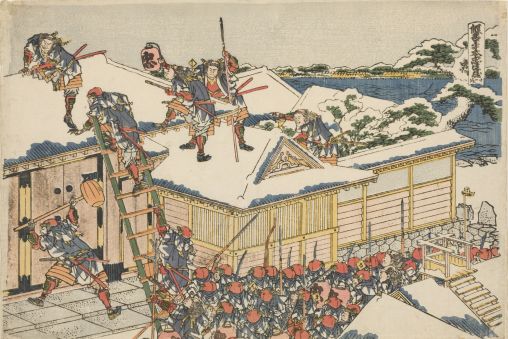
Key Ukiyo-e Works and Artists
Artists like Utagawa Kuniyoshi, one of the last great masters of the ukiyo-e genre, produced numerous works depicting the ronin. His series on Chūshingura not only illustrates key moments of the story but also taps the emotional and spiritual depth of the characters involved. Kuniyoshi’s prints stand out for their dynamic composition, attention to detail, and the ability to convey the tension and drama of the tale.
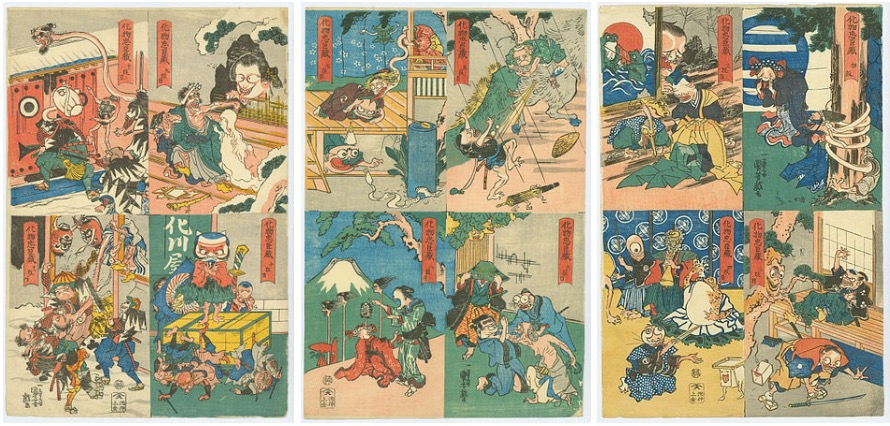
Another notable artist, Utagawa Kunisada, also known as Toyokuni III, brought a different perspective to the tale, focusing on the individual heroes of the story. His portraits of the ronin highlight their bravery and the personal sacrifice they embraced, contributing to the narrative’s legacy.
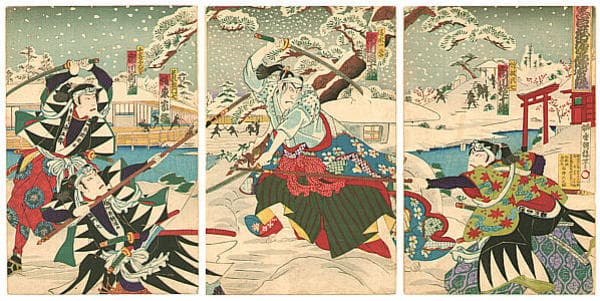
Read more about Kunisada and the Chushingura.
Importance in Ukiyo-e and Japanese Art
The Chūshingura story resonated deeply within the Japanese cultural psyche, embodying the values of loyalty, honor, and sacrifice. Its depiction in ukiyo-e art played a crucial role in perpetuating these ideals, making the tale accessible to a broader audience and ensuring its place in the cultural heritage of Japan.
These artworks not only served as visual narratives of the epic tale but also as a reflection of the societal values and ideals of the Edo period. They allowed the public to engage with the story on a personal level, celebrating the virtues of the samurai class while offering commentary on the complexities of loyalty and honor.
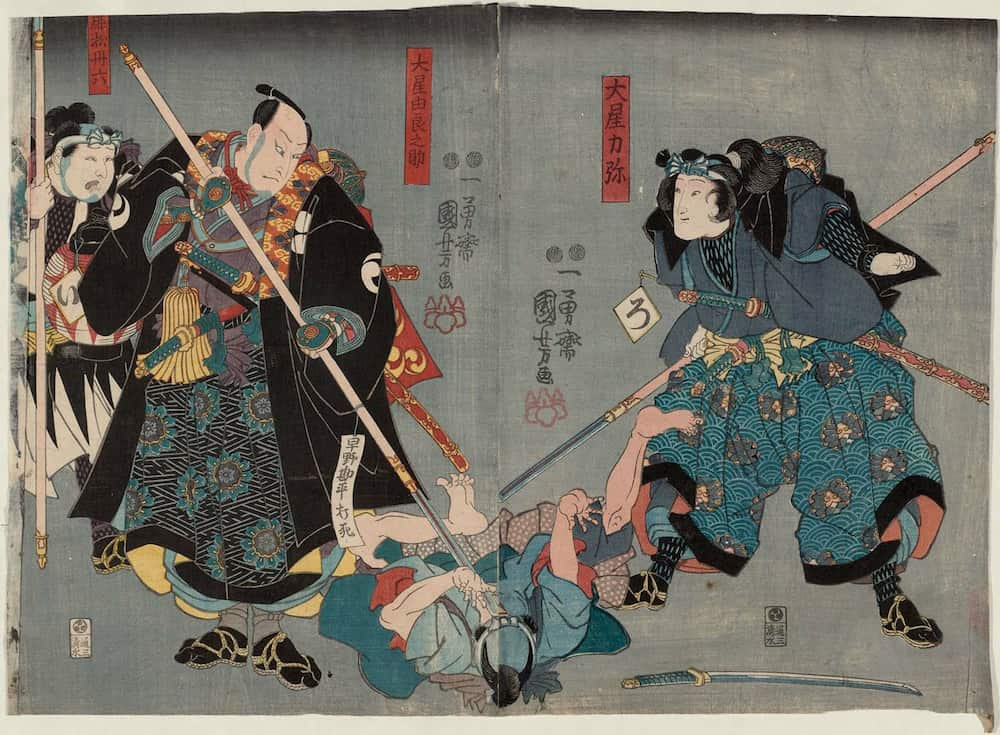
Moreover, the Chūshingura ukiyo-e prints contributed significantly to the development of Japanese art, showcasing the artists’ skills in capturing emotion, drama, and the subtleties of human character. They stand as a testament to the enduring appeal of the Chūshingura story and its ability to inspire generations of artists and audiences alike.
Final Thoughts
The Tale of the Forty-Seven Ronin, as depicted in ukiyo-e art, offers more than just a narrative of revenge. It presents a profound exploration of loyalty, honor, and sacrifice, themes that resonate across cultures and epochs. The art of ukiyo-e, with its vibrant portrayal of this epic saga, not only celebrates the artistic and cultural achievements of the Edo period but also ensures that the legacy of the Chūshingura continues to inspire and captivate. Through the medium of woodblock prints, the epic tale of loyalty and justice remains an indelible part of Japanese art and culture, echoing the timeless values that define the human experience.
Read more:
- Collecting Ukiyo-e Art: A Guide for Beginners
- 11 Most Influential Ukiyo-e Artists: Masters of Japanese Woodblock Prints
- The 12 Most Important Ukiyo-e Artworks of All Time
- Kuniyoshi Utagawa: A Master of Ukiyo-e and Musha-e
- The Timeless Tradition of Hanko in Japanese Art and Ukiyo-e

At The Art of Zen we carry a selection of our own hand-crafted original Japanese art prints in the ukiyo-e and Japandi style. Some of our best selling work is Mount Fuji wall art and Japandi wall art.
Add some zen to your space with brilliant original art from the Art of Zen shop.
Featured image at top of Kanadehon Chushingura Act 11. The final battle of the 47 ronin at Moronao’s mansion – by Utagawa Kunisada (Tokoyuni III)
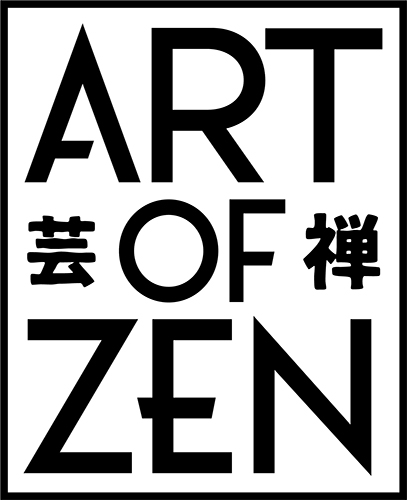

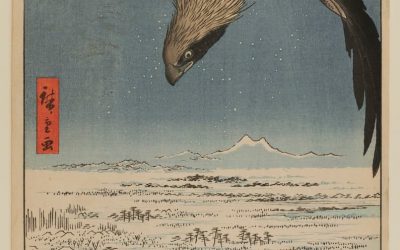

0 Comments